June 3, 2025 | 02:28 GMT +7
June 3, 2025 | 02:28 GMT +7
Hotline: 0913.378.918
June 3, 2025 | 02:28 GMT +7
Hotline: 0913.378.918
For a long time, rice bran was considered a low-value by-product in the rice production industry, mainly used as livestock feed or fertilizer. However, after a recently signed protocol between Vietnam and China, farmers will have a different view of this commodity.
Although there are no official figures on the global rice bran market, experts estimate it could be worth tens of billions of dollars. The reason lies in related segments, such as the global rice bran oil market that was valued at approximately USD 7.86 billion in 2023 and is expected to reach USD 18.35 billion by 2032, with an annual growth rate of around 10%.

The rice bran trade market has grown rapidly in recent times. Photo: VAN.
Another example is the defatted rice bran market, which was valued at approximately USD 916.5 million in 2023 and is expected to reach USD 1.31 billion by 2031, with an annual growth rate of about 4.5%.
Rice bran is steadily becoming an export commodity that brings significant value to the economy. In fact, the main rice bran importing markets worldwide are countries with high demand for animal feed and products for food processing or the cosmetics industry.
For instance, European countries such as the Netherlands, France, and Germany import rice bran for both food and cosmetics production. China, with the world's leading large livestock herd, also imports significant volumes of rice bran for feed production. Even India, a rice-exporting powerhouse, also imports rice bran from other countries in the region when domestic demand surpasses supply.
As one of the largest rice bran exporters, in recent years, Vietnam has redefined the position of this commodity thanks to the development of processing technology and demand from the international market. The export goal is no longer limited to regional markets but now reaches out to the world, especially China.
This transformation stems not only from the quality factor but also from efforts to enhance processing processes and increase product value. Of which, defatted rice bran is becoming a key product and is prescribed by China as one of the two commodity groups mentioned in the newly signed protocol.
Defatted rice bran is the result of extracting valuable components from raw rice bran (including the pericarp and aleurone layers of the rice grain). This product is processed by technologies, typically enzymatic, biosolvent, or mechanical technologies, to remove oil or to isolate components such as rice bran oil rich in gamma-oryzanol, phytosterols, and tocopherols; soluble and insoluble dietary fibers; plant-based proteins; antioxidants; B vitamins; vitamin E; and minerals, etc.
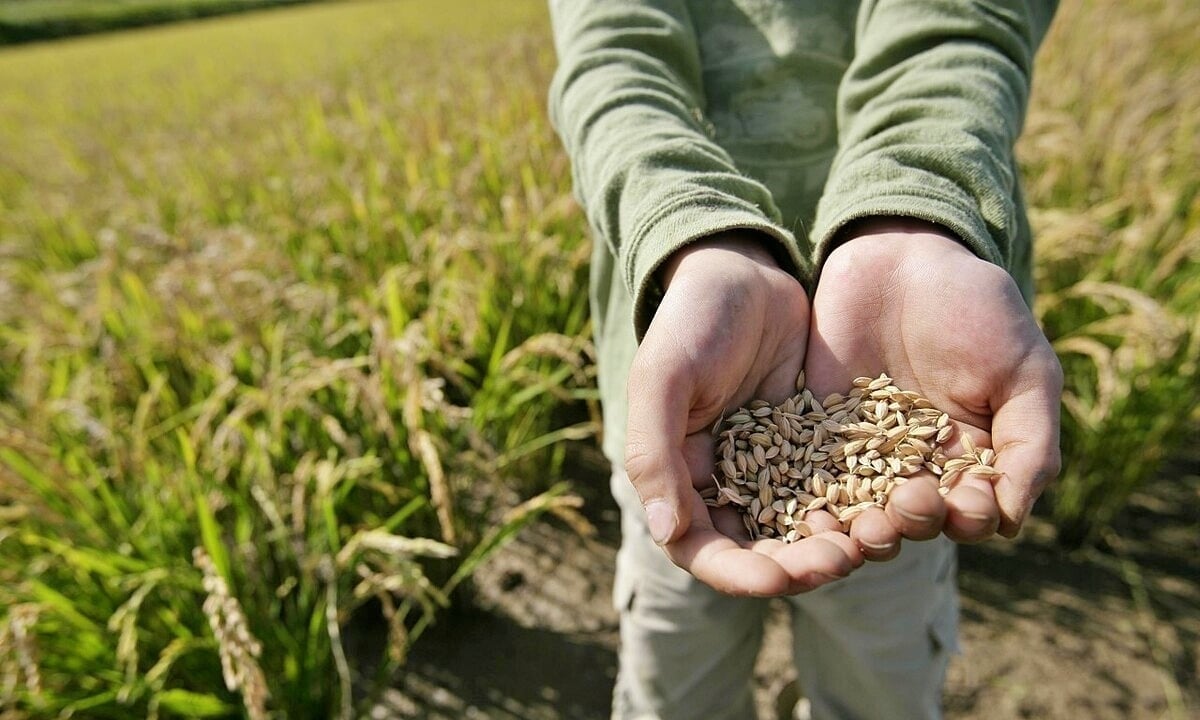
Beyond rice, China also has a high demand for rice bran imports. Photo: Xinhua.
Both rice bran and defatted rice bran exported officially to China are used as raw materials for animal feed. While the door to this market is now open, businesses must pay special attention to requirements from the Chinese side. For example, ensuring the absence of harmful organisms of China's concern, avoiding genetically modified components that have not been officially approved by China, and meeting the latest requirements of the Chinese national standard (GB 13078).
Under the protocol, product quality inspection and assurance are mandatory, particularly with regard to the prevention of pathogens such as Salmonella bacteria and mold. Businesses must be recommended by the Ministry of Agriculture and Environment to the General Administration of Customs of China (GACC) and will only be registered after inspection and approval by GACC. The list of registered businesses is available on the GACC website.
Additionally, businesses are required to establish a Hazard Analysis and Critical Control Point (HACCP) system and a traceability management system for raw materials. All stages of production, processing, storage, and transportation must be conducted under hygiene control to prevent oil pollution and contamination from animal carcasses, manure, and feathers. Any raw materials of animal origin must be strictly isolated to avoid infection, and production lines are not allowed to use raw materials derived from animals.
Each business exporting rice bran or defatted rice bran to China must undergo official conformity assessments at least once every three months, ensuring that products meet China’s feed hygiene and safety standards. Businesses are also required to develop self-monitoring and self-inspection plans for hygiene indicators, especially in storage areas. Rice bran must be stored separately with effective measures against mice, insects, and birds to prevent secondary contamination or cross-contamination.
In addition to quality requirements, product packaging must comply with China’s strict regulations. Specifically, packaging must be designed to protect the product effectively while clearly and fully displaying information related to origin, production date, and expiration date, particularly in both Chinese and English. The labeling in accordance with regulations not only facilitates inspection but also helps build consumer trust.
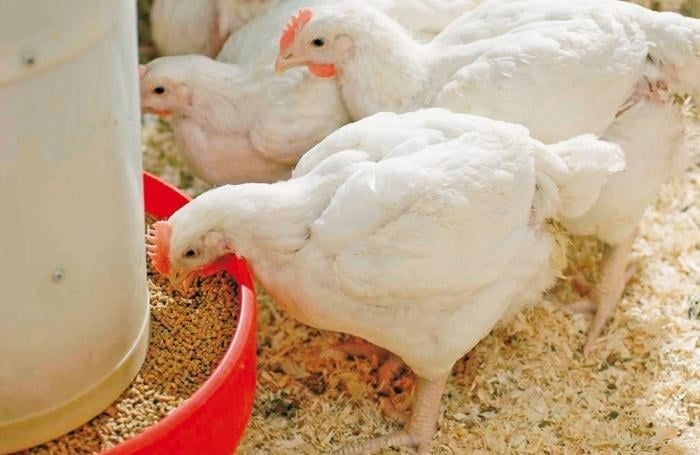
Rice bran can be processed into animal feed pellets when blended with other raw materials such as cornmeal, soybean meal, vitamin premix, and minerals. Photo: Bigg Bunny.
The Ministry of Agriculture and Environment will issue phytosanitary certificates in accordance with the “Guidelines for Phytosanitary Certificates” (ISPM No. 12). These certificates must specify the name and registration number in China of the processing business, the container number (for bagged goods) or vessel name (for bulk shipments), along with other required information.
If any quarantine measurements have been conducted prior to export or during transportation, the certificate must clearly state the treatment method and parameters while adding the following declaration column in English: "This shipment meets the requirements of the Protocol on Food Safety and Hygiene Requirements for Exports of Rice Bran and Defatted Rice Bran from Vietnam to China and does not contain any pests, toxins, or harmful substances of concern to China." Each shipment of exported rice bran must also be accompanied by a hygiene and safety declaration issued by the Department of Livestock Production and Animal Health.
Although rice bran is not consumed directly by humans, it serves as a raw material in animal feed and is part of the food production chain, having an indirect impact on human health. The protocol signed between Vietnam and China sets out strict requirements on quarantine and hygiene safety. Complying with the regulations not only opens up new opportunities for exporters but also stands as clear evidence that Vietnamese agriculture has steadily reached out to the world.
According to the Vietnam Food Association, Vietnam currently produces about 5 million tons of rice bran annually, a significant portion of which is exported. However, prior to the signing of the protocol, most rice bran was either used domestically or exported through unofficial channels, with limited quality control and low added value.
On April 15, on the occasion of the visit of General Secretary and President of China Xi Jinping to Vietnam, the two countries signed four protocols on exports of agricultural products, including rice bran.
Translated by Thu Huyen
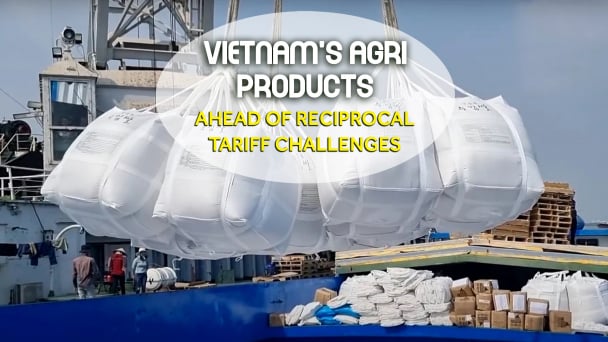
(VAN) Businesses in Vietnam are attempting to export rice to the United States ahead of the implementation of reciprocal tariffs, while remaining their optimism regarding this critical market.

(VAN) From containers of cashew nuts, shrimp to in-depth technical dialogues, agricultural cooperation between Vietnam and the United States is entering a period of sustainable and two-way development.
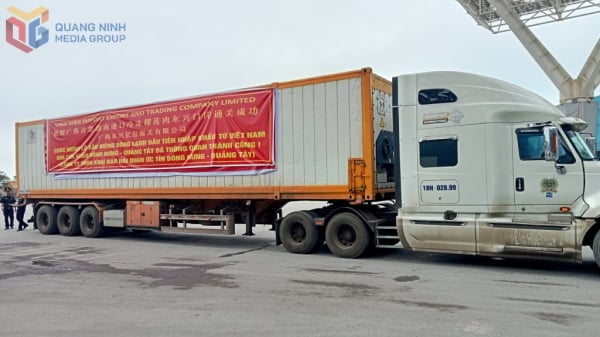
(VAN) After the talks on May 28, Vietnam successfully exported its first batch of frozen durians to China, marking a new milestone in agricultural trade cooperation between the two countries.
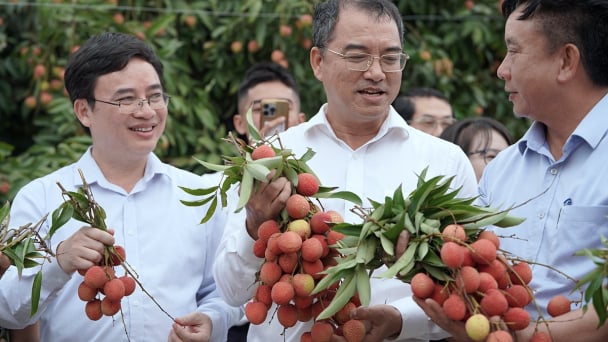
(VAN) Several major companies, such as Red Dragon and Ameii Vietnam, have signed purchasing agreements for the 2025 season, targeting markets including Japan, the United States, and the EU.
/2025/05/30/5010-5-173638_943.jpg)
(VAN) On May 29, at the GO! My Tho Trading Center, the Tien Giang Department of Industry and Trade, in collaboration with Central Retail Corporation, held the opening ceremony of the 3rd Fruit Festival 2025.

(VAN) Reciprocal tariffs are exerting pressure on U.S. exports, prompting Vietnamese firms to shift their focus to Muslim markets, Thailand, and Brazil.

(VAN) A free booth for two years at Xinfadi, Beijing's largest wholesale market, will be allocated to Vietnam's agricultural products.